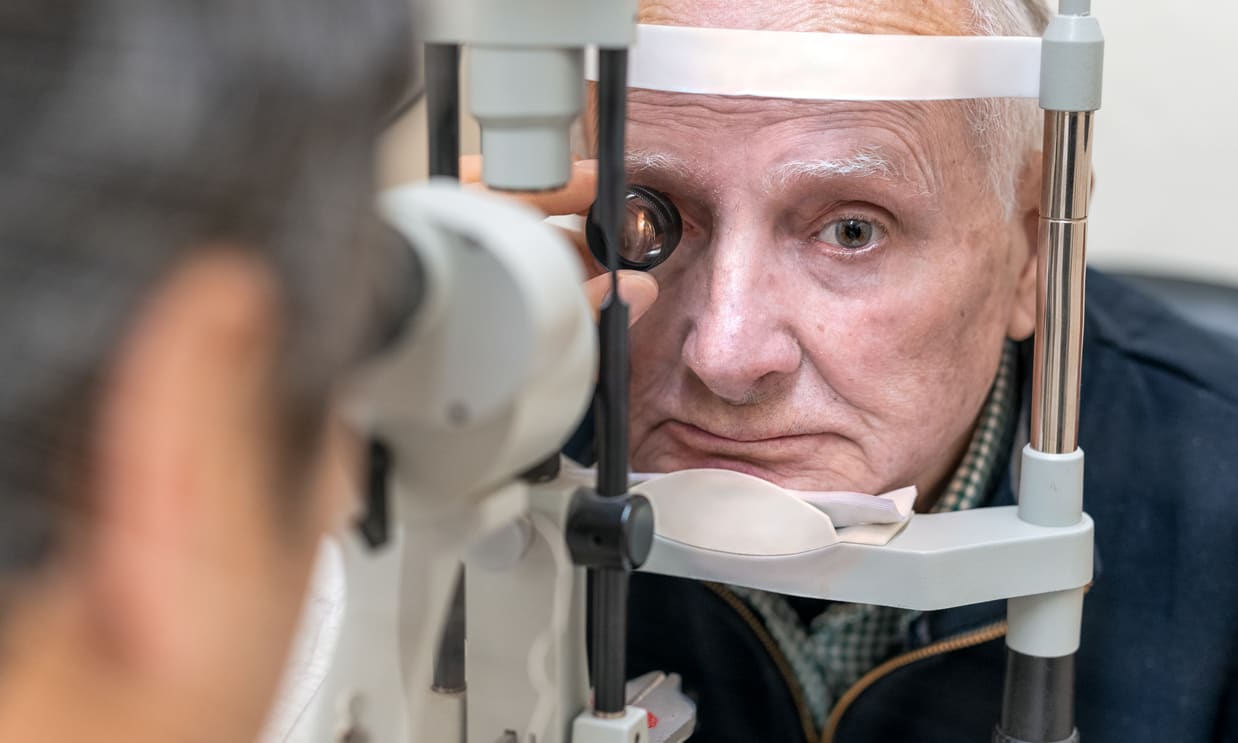Early Warning Signs of Prostate Cancer
Prostate cancer is one of the most common cancers affecting men, particularly as they age. Recognizing the early warning signs can be crucial for timely diagnosis and effective treatment. This article will explore the key indicators of prostate cancer, helping you understand when to seek medical attention and what treatment options are available.

What are the most common signs of prostate cancer?
The early signs of prostate cancer can be subtle and easily overlooked. Some of the most common symptoms include:
-
Frequent urination, especially at night
-
Difficulty starting or stopping urination
-
Weak or interrupted urine flow
-
Burning or pain during urination
-
Blood in urine or semen
-
Pain in the lower back, hips, or upper thighs
It’s important to note that these symptoms can also be caused by other conditions, such as benign prostatic hyperplasia (BPH). However, if you experience any of these signs, it’s crucial to consult with a healthcare professional for proper evaluation.
How do early prostate cancer symptoms differ from other prostate issues?
While early prostate cancer symptoms can be similar to those of other prostate conditions, there are some key differences to be aware of:
-
Progression: Prostate cancer symptoms often worsen over time, whereas BPH symptoms may remain stable or improve with treatment.
-
Pain: Prostate cancer may cause pain in the lower back, hips, or pelvis, which is less common in other prostate conditions.
-
Systemic symptoms: Advanced prostate cancer can cause fatigue, weight loss, and bone pain, which are not typically associated with benign prostate conditions.
Understanding these distinctions can help you better communicate your symptoms to your healthcare provider and aid in accurate diagnosis.
What are the first hints of prostate cancer that men often overlook?
Many men may dismiss early signs of prostate cancer or attribute them to normal aging. Some commonly overlooked hints include:
-
Changes in sexual function, such as difficulty achieving or maintaining an erection
-
Discomfort when sitting, due to an enlarged prostate
-
Unexplained weight loss or fatigue
-
Swelling in the legs or feet
-
Bone pain, particularly in the back, hips, or chest
Being aware of these subtle changes and reporting them to your doctor can lead to earlier detection and more effective treatment.
How is prostate cancer diagnosed in its early stages?
Early diagnosis of prostate cancer typically involves a combination of tests and procedures:
-
Prostate-Specific Antigen (PSA) test: A blood test measuring PSA levels, which may be elevated in prostate cancer.
-
Digital Rectal Exam (DRE): A physical examination to check for prostate abnormalities.
-
Prostate biopsy: If PSA levels are high or DRE results are suspicious, a biopsy may be performed to confirm the diagnosis.
-
Imaging tests: MRI or ultrasound may be used to visualize the prostate and detect potential tumors.
Regular screenings, especially for men over 50 or those with higher risk factors, can significantly improve the chances of early detection.
What are the current treatment options for early-stage prostate cancer?
Treatment for early-stage prostate cancer has advanced significantly in recent years. Some of the most effective options include:
-
Active surveillance: Monitoring the cancer closely without immediate treatment, suitable for low-risk cases.
-
Surgery: Radical prostatectomy to remove the entire prostate gland.
-
Radiation therapy: Using high-energy beams to kill cancer cells.
-
Hormone therapy: Reducing testosterone levels to slow cancer growth.
-
Cryotherapy: Freezing cancer cells to destroy them.
The choice of treatment depends on various factors, including the cancer’s stage, your overall health, and personal preferences. It’s essential to discuss all options with your healthcare team to determine the best approach for your specific case.
How do Orgovyx and Nubeqa compare in treating prostate cancer?
Orgovyx (relugolix) and Nubeqa (darolutamide) are two newer medications approved for treating prostate cancer. Here’s a comparison of these treatments:
| Treatment | Mechanism of Action | Administration | Key Benefits | Side Effects |
|---|---|---|---|---|
| Orgovyx | GnRH receptor antagonist | Oral, once daily | Rapidly reduces testosterone levels | Hot flashes, fatigue, constipation |
| Nubeqa | Androgen receptor inhibitor | Oral, twice daily | Improves overall survival in non-metastatic castration-resistant prostate cancer | Fatigue, pain in extremities, rash |
Prices, rates, or cost estimates mentioned in this article are based on the latest available information but may change over time. Independent research is advised before making financial decisions.
Both medications have shown promising results in clinical trials, but the choice between them depends on the specific type and stage of prostate cancer, as well as individual patient factors. Your oncologist can provide guidance on which treatment may be most appropriate for your situation.
In conclusion, recognizing the early warning signs of prostate cancer is crucial for timely diagnosis and effective treatment. By understanding the symptoms, risk factors, and available treatment options, men can take proactive steps to protect their health. Regular check-ups and open communication with healthcare providers are key to managing prostate health and addressing any concerns promptly.
This article is for informational purposes only and should not be considered medical advice. Please consult a qualified healthcare professional for personalized guidance and treatment.




